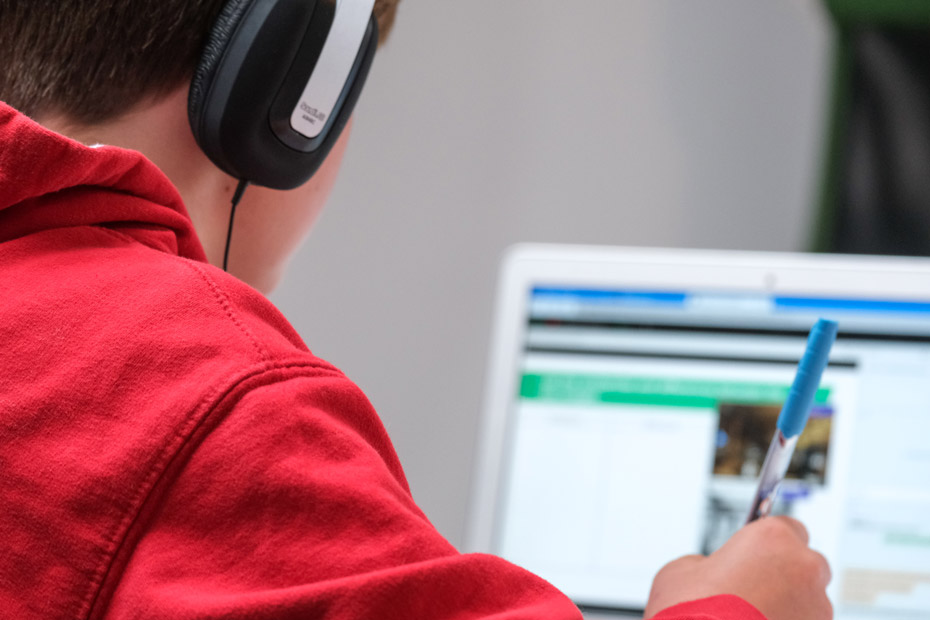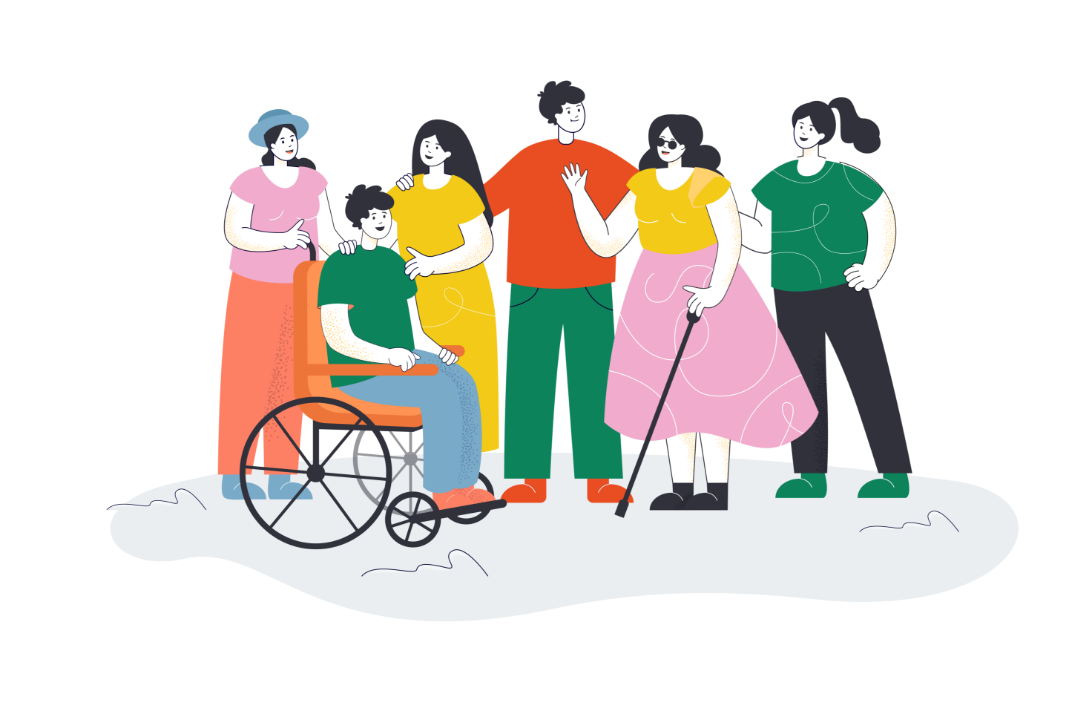Key competences for social inclusion
Living in the digital age, basic skills for accessing the worldwide web and using digital tools might be easy for most people, but far from being simple for all. Thus, being digitally active and socially involved online is not self-explanatory for everyone.
Web access, digital tools and web content are not adapted to all people’s needs and are more difficult to access for people who experience challenges in reading and understanding standard information or for people who are less skilled or have no experience of using the internet, such as some people with disabilities or other barriers. They are therefore often excluded from online contents and activities, and since the internet, the contents and tools are not always accessible, also discriminated.
The SIMPL4ALL project, taking into account variety of research and good practices, confirms the importance of learning about digital resources and tools, and developing communication skills and skills to access and work online, manage online challenges, access online services. As digital and technology-based competences are among key competences for lifelong learning, needed for personal fulfilment, a healthy and sustainable lifestyle, employability, active citizenship and social inclusion, it is important that people with different abilities, especially those with less opportunities, can access the internet and improve their information and digital literacy. For this, they will have to develop their skills but also need adapted tools and resources available. They need to achieve a degree of information literacy, meaning they can find, process and evaluate information, and create and use information in different formats, especially in situations relating to decision-making, problem-solving or knowledge acquisition. There are several aspects of information literacy: use of information technology, communication, thinking, problem-solving (Designer Librarian, 2015). As already mentioned, information accessibility has two sides to it: literacy and education of the individual on the one hand, and information accessibility with adaptations, if needed, from the perspective of society, on the other. It is important that the information we access online on our computers, phones and tablets, is accessible.

Inclusive digital education
Social inclusion in our age has a component of digital inclusion. To promote digital inclusion, the needs of individual people and communities as a whole need to be addressed. Access to internet, the availability of tools, digital content and services, and very importantly, training for the information/digital literacy are all essential for effective learning, personal fulfilment, employability, and active citizenship. Taking this into perspective, inclusive digital education is an essential part of digital inclusion. Everyone has to have the opportunity to learn about and use digital technologies, developing necessary skills. Stakeholders must commit to equip people with basic digital skills and promote digital education. This is needed so we can grow as society and successfully transform in the process of digital (re)volution, leaving no-one behind.
Resources and tips
Here are some resources and tips to help teachers and trainers facilitate and support the learning process. We chose among those developed within European projects that address the digital and technology-based competences.
Easy reading
Project EASY READING delivers tools to simplify the user experience and facilitate web accessibility.
Link to the website: https://www.easyreading.eu/testing-easy-reading-quick-and-easy/
Able to include
Project ABLE TO INCLUDE addresses various tools to simplify the user experience and web accessibility.
Easeit
Some guidelines for easy-to-understand audio-visual information were developed in Erasmus+ project EASIT (training materials for the production of audio-visual information in simple language).
Link to the website: https://webs.uab.cat/easit/en/.
Train2validate
Only our target learners can confirm what is accessible and understandable to them. That is why we recommend validating adapted information with representatives of the target group. Training materials for validation of easy-to-read information are being developed in Erasmus+ project TRAIN2VALIDATE.
Link to the website: https://plenainclusionmadrid.org/train2validate/
In current news on the website you can also find interesting information and video about a correlation between easy-to-read and accessible Internet standards.
Link to website: https://plenainclusionmadrid.org/train2validate/coincidencesbetween-easy-to-read-and-web-accessibility-guidelines/
Dig-i-ready
Erasmus+ project DIG-i-READY is a project on innovative practices that the education sector follows to ensure digital inclusion in VET across Europe.
Link to the website: https://www.easpd.eu/project-detail/digi-ready/
Dig-i-academy
DIG-i-ACADEMY is an accessible digital education platform co-designed with people with accessibility needs.
Link to the website: https://digi-academy.org
Right to connect now
Another project, co-funded by the European Commission, is project RIGHT TO CONNECT NOW. It aims to improve digital literacy for people with intellectual disabilities.
For more information, visit the website: https://www.easpd.eu/project-detail/right-to-connect-now-rtcn/
These are only a few examples that can support the trainers and learners in lifelong learning process.

